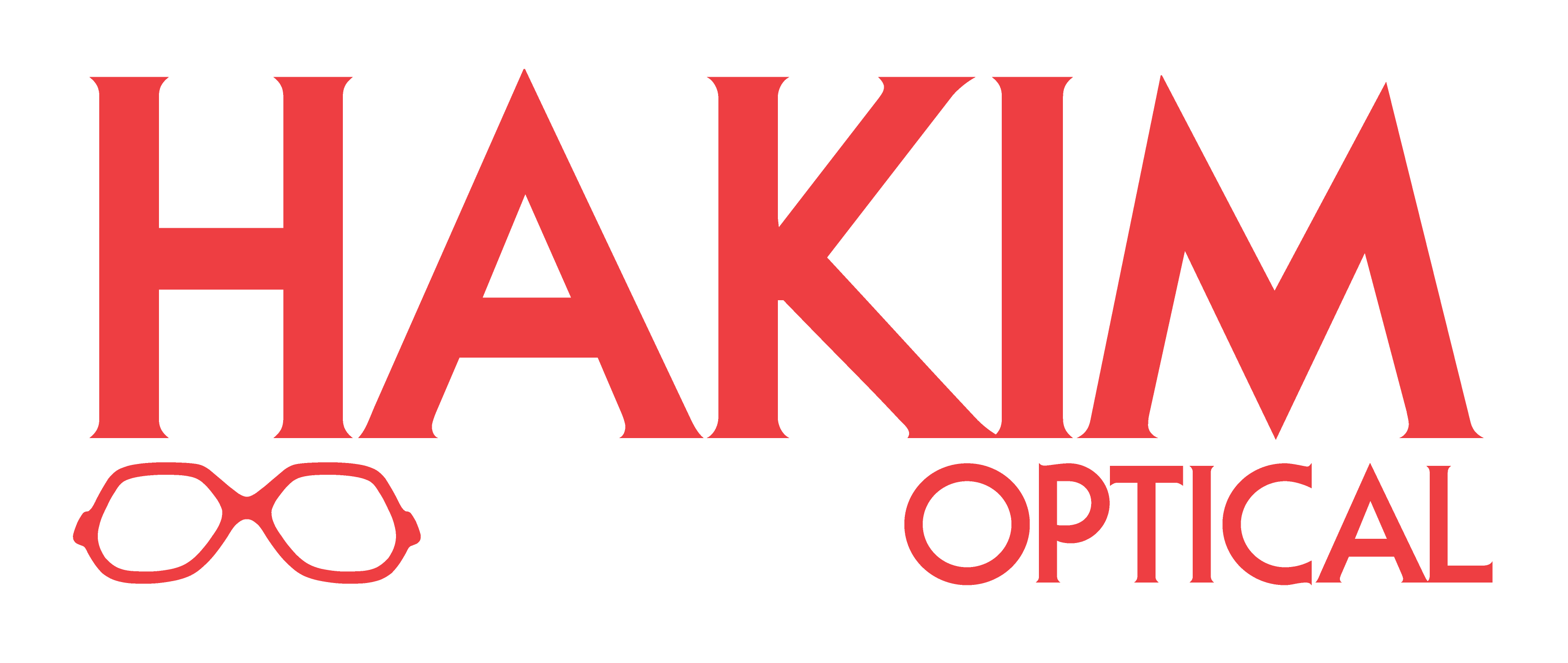Eye health is a huge, overarching subject that encompasses an array of terms and definitions. It can be a bit overwhelming to hear and try to understand so many unique definitions, especially if they don’t necessarily define your current situation with your eyes and their health and wellness. However, for your future and current benefit, it’s important to understand some of the basics. These common eye terms are likely to become relevant to you or those around you during your lifetime, so it’s valuable to understand what they mean now.
Eye Exam
An eye exam is a quick and easy way for an optometrist to evaluate the health and condition of your eyes. Eye exams consist of several quick and non-intrusive tests and should be performed once every two years for the average adult.
Optician
An optician’s job is to ensure that your eyeglasses or contact lenses are working for you. This includes ensuring that your eyewear fits properly, answering any questions you may have, and ensuring that your prescription is properly filled.
Optometrist
Your optometrist is your primary eye healthcare provider. They take on the majority of your day-to-day eye health tasks including eye exams, diagnosing eye illnesses and conditions, writing prescriptions, and referring you to specialists.
Ophthalmologist
An ophthalmologist is an eye surgeon who specializes in specialty eye care. If you’re going to see an ophthalmologist, it’s usually for a higher level of eye care like treating severe eye diseases or performing eye surgery.
Astigmatism (Myopia) – Nearsighted
Nearsightedness, also known as Myopia, refers to when an individual has difficulty seeing things that are in the distance. This usually occurs when an individual has an elongated or overly-curved cornea.
Farsighted (Hyperopia) – Farsighted
Farsightedness, or hyperopia, refers to when an individual has difficulty seeing things that are close to their face. This is usually caused by corneas that are not curved properly.
Mixed Astigmatism
Mixed astigmatism is when an eye that is both nearsighted and farsighted, because light is hitting both in front of and behind the retina.
Cataracts
Cataracts refer to when a vital part of the eye–the lens–becomes cloudy, hindering the eye’s ability to take in light, and in turn, focus.
Bifocal
Bifocals have two prescriptions in one lens separated by a clear line. This allows the wearers to look through the top half of the lens to see distance and the bottom half of the lens to see closely.
Trifocal
Trifocal lenses refer to three corrective lenses in one to help correct an individual’s ability to see at immediate, near, and far distances. The varying lenses can be laid differently to ensure the wearer’s comfort.
Progressive Lenses
Progressive lenses are similar to bifocals in their ability to help the wearer see multiple distances from one lens. However, progressive lenses have more of a seamless transition between lens adjustments, preventing a sense of disorientation that sometimes bifocal lenses provide.
Toric Lenses
Toric contact lenses are designed for individuals with a curved cornea or lens in their eyes, causing blurry vision. The shape and prescription of toric lenses help to correct and soothe the issues that arise from a curved cornea.
Contact Lenses
Contact lenses are a great option for those who need corrective eyewear but are not interested in wearing glasses every day. With their own prescription and several styles and options, so long as they’re well cared-for contact lenses are a great choice for many people.
Dry Eye Syndrome
Dry eye syndrome occurs when your eyes don’t or can’t produce enough tears to keep the surface of your cornea wet. This can cause extreme irritation, itching, redness, and pain even from simply blinking.
Photokeratitis
Photokeratitis is essentially a sunburn to the surface of the eye. It occurs when your eyes are exposed to sunlight without protection for prolonged periods of time. To avoid Photokeratitis, it’s important to protect your eyes from the sun by wearing sunglasses and staying inside when necessary.
Snow Blindness
Snow blindness refers to eye damage that occurs during the winter months when sunlight is refracted from snow and ice into the eyes. Preventing snow blindness can be done by wearing a pair of sunglasses during the winter.
Macular Degeneration
Macular Degeneration, Age-Related Macular Degeneration, or AMD, occurs when the age of an individual begins to take its toll on their macula, causing degradation of the macula and increasingly blurred vision for the individual.
Macula
A macula is an oval and yellowish area surrounding the fovea near the centre of the retina.
Cornea
The cornea is a transparent layer on the eye that covers both the pupil and the iris. The cornea allows for light to pass through the eye to help you see.
Pupil
The pupil is the dark, round opening at the centre of the iris. It changes in size depending on the amount of light surrounding it.
Fovea
A fovea is a small pit in the centre of the macula that provides the clearest possible point of vision.
Iris
The iris is the coloured part of your eye. The term refers to a flat, round, and colourful ring-shaped membrane that sits behind the cornea. The iris has an adjustable opening called the pupil.
Retina
A retina is a layer at the back of the eye that has cells that are sensitive to light. These cells trigger nerve endings and pass information to the optic nerve, and thus, the brain.
Do you have more questions about eye health? Come speak with one of our and eye health experts?
Visit your local Hakim Optical Store!
Hakim Optical has provided Canadians with quality corrective lenses at a value that can’t be beat for over 55 years. Our knowledgeable staff and optometrists are here to help you find an eyewear solution tailored specifically to you.

